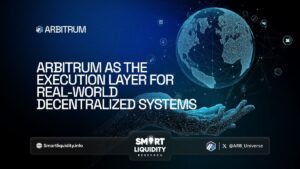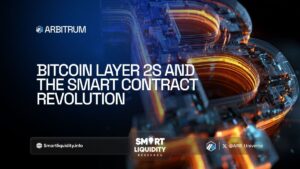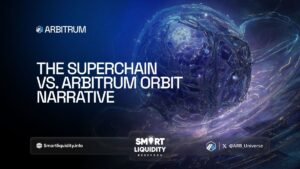Exploring Real World Assets in the Crypto Space


Exploring Real-World Assets in the Crypto Space! In the fast-paced world of cryptocurrency, innovation knows no bounds. From the inception of Bitcoin to the rise of decentralized finance (DeFi), the landscape of digital assets continues to evolve, offering investors new opportunities and challenges.
One of the most intriguing developments in recent years has been the integration of real-world assets into the crypto space, bridging the gap between traditional finance and the blockchain revolution.
What is RWA (Real-World Asset)?
Real-world assets (RWAs) represent tangible or physical assets with intrinsic value, such as real estate, commodities, or even art. Historically, these assets have been traded through traditional financial markets, often involving intermediaries and complex processes. However, with the advent of blockchain technology and smart contracts, RWAs are now being digitized and tokenized, unlocking new possibilities for liquidity, accessibility, and transparency.
So, what exactly does it mean to explore real-world assets in the crypto space? Let’s delve deeper into this fascinating intersection:
- Tokenization
Through tokenization, real-world assets can be represented as digital tokens on a blockchain. This process involves converting the rights to an asset into cryptographic tokens, which can then be traded, exchanged, or invested in much like cryptocurrencies. Tokenization enables fractional ownership, allowing investors to own a portion of high-value assets that may have been previously out of reach. - Increased Liquidity
By tokenizing real-world assets, liquidity barriers are reduced, enabling investors to buy, sell, or trade assets more easily and efficiently. Instead of waiting for lengthy settlement periods or dealing with illiquid markets, participants can access a global pool of liquidity 24/7, opening up new avenues for investment and diversification. - Diversification Opportunities
Real-world assets offer investors the chance to diversify their portfolios beyond traditional asset classes like stocks and bonds. Whether it’s investing in real estate properties, fine art collections, or precious metals, tokenized assets provide exposure to alternative investments that can hedge against market volatility and inflation. - Transparency and Security
Blockchain technology provides a transparent and secure infrastructure for the issuance, transfer, and management of real-world asset tokens. Each transaction is recorded on a distributed ledger, providing an immutable audit trail of ownership and transaction history. Smart contracts automate the execution of agreements, ensuring that terms are enforced without the need for intermediaries. - Regulatory Considerations
While the tokenization of real-world assets offers numerous benefits, it also raises important regulatory considerations. Depending on the jurisdiction, securities laws, tax regulations, and compliance requirements may apply to tokenized assets. As the regulatory landscape continues to evolve, investors and issuers must navigate these complexities carefully.
Exploring real-world assets in the crypto space through blockchain and smart contracts reshapes finance, empowering global market participation. Investors must stay informed and adapt to seize opportunities at this finance-technology intersection.




